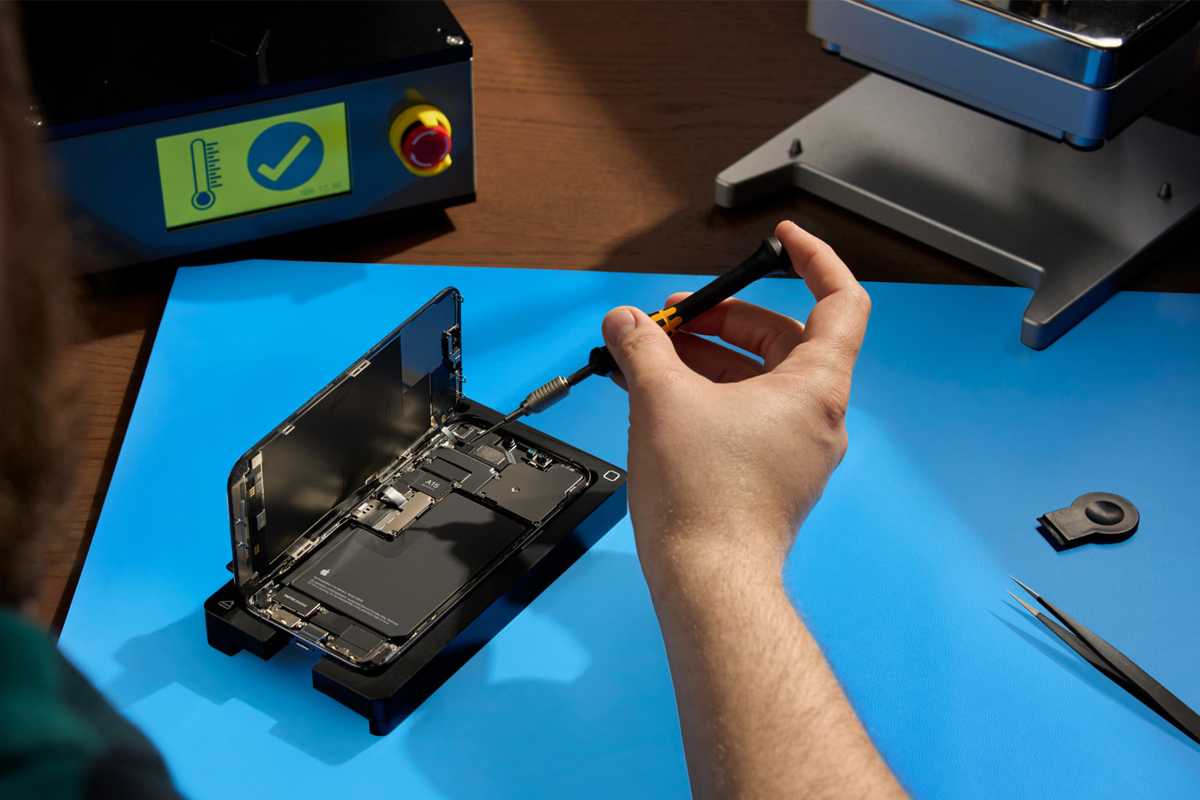Apple seems, in general, to have weaponized the idea of institutional stubbornness. This is the company that refused to license its operating system to PC makers back in the 1980s and 1990s, insisted on making a smartphone, and launched yet another streaming service. There’s something in the company’s DNA—probably handed down in part from late co-founder Steve Jobs—that promulgates the idea that there are two ways to do things: an Apple way and a wrong way. It’s one of the traits that often makes it most infuriating to its biggest detractors.
But that doesn’t mean that Apple won’t change course when needs suit. Despite its insistence on doing things its own way, the company has over the past several years made more than a few changes that even its closest observers might have judged unlikely at best. There are always reasons behind these decisions, of course, and they’re hardly devoid of self-interest, but that doesn’t mean there isn’t, somewhere deep down, an acknowledgment that maybe, just maybe, the Apple way can evolve.
iPhone, repair thyself
Most recently, Apple rolled out a way for individual end-users to replace parts in their Apple devices. This Self Service Repair program is the kind of thing that repair enthusiasts, like the fine folks at iFixit, have been advocating for years: a way for the people who own Apple devices to get access to authorized tools, parts, and manuals so that they can fix problems themselves.
It’s surprising to see such a move from Apple, a company that would like nothing so much as you to believe that its products are perfectly complete hermetically sealed bricks into which it has carefully infused magical properties.
But the writing was on the wall, with increasing pressure from Right to Repair legislation in several states. Plus, it’s hard to argue that it doesn’t provide another bit of ancillary revenue—even if small—by people spending their money to buy resources from Apple. (Not to mention that the company gets to recycle materials from old parts, too.) It may be a niche market, but it’s one that Apple would rather have a hand in than not.
The program doesn’t perfectly meet all the desires of those aforementioned advocates—for one thing, you need to provide serial numbers before you can order parts, which does mean Apple is still effectively acting as gatekeeper—but it’s still hard to argue that it’s not an about-face for the company.

Apple
Small change
Apple’s 30-percent cut of revenue derived from the App Store has long been contentious, with arguments from many developers about how fair and reasonable it is. The rationale behind the decision was always straightforward: 30 percent is the same cut Apple had been taking in music for years, and subsequently the same cut it took in other media, like books. With a tight hold on that recurring revenue, it wasn’t easy to picture a scenario where the company would be inclined to relax that grip.
And yet, in November 2020, the company announced that it would be launching a Small Business Program, where qualified developers (who made less than $1 million in revenue the previous year) could apply to have their cut reduced to 15 percent. Apple! Giving up free money!
Of course, there are hoops to jump through, and critics have taken shots at the way the $1 million limit is structured (you have to re-qualify in future years if you ever go above $1 million). Some have also pointed out that the vast majority of developers make less than $1 million, so the resulting hit to Apple’s bottom line is thus not very large, but it’s still the company ceding income that it probably didn’t have to—and potentially opening the door to more changes to its policy in the future.
Platform and function
Apple maintains plenty of its own platforms and has always focused, first and foremost, on making those experiences as good as it possibly can. When it came to writing software for other platforms, well, let’s just say that it wasn’t really a priority.
That prioritization may not have changed, but the past few years have seen Apple software appear in a surprising number of places that would have seemed unthinkable mere years before, from Amazon Music on Android smartphones to Apple TV+ on Amazon Fire TVs, Roku streaming boxes, and several brands of smart TVs.
The reason behind that is simple: Apple’s focus on Services revenue means that it wants to attract as many potential subscribers as it can. And while it’s great if the company can convert its existing user base to paying subscribers, there’s a huge untapped pool of potential customers amongst people who don’t own any Apple devices at all: that’s where the possibility for growth exists.

Apple TV+ is appearing on more third-party devices.
Comcast
And since so much of Apple’s priority in Services is growth, I wouldn’t expect to see this slow down any time soon. Apple’s services may always be best on its own platforms, but that doesn’t mean it won’t be casting as wide a net as possible. Don’t be too surprised to see some Apple apps making their way to other platforms if the company deems it a real opportunity.
Because that’s the moral of this story: Apple may be stubborn and stuck to its ways, but its biggest adherence is always going to be getting its products into as many hands as it can…and making as much money as it can. Count on that above all else.
from Macworld.com https://ift.tt/WPcQMOD
via IFTTT